Phonics practice Letter Recognition Worksheets for Ages 3-9
5 filtered results
-
From - To
Discover the joy of learning with our engaging Phonics Practice Letter Recognition Worksheets, specially designed for children aged 3-9. These interactive resources help young learners develop essential literacy skills as they recognize letters and connect sounds to their corresponding symbols. Our printable worksheets are filled with fun activities that make phonics practice enjoyable and effective. From tracing letters to matching games, your child will build confidence in their reading and writing abilities. Perfect for homeschooling, classroom use, or extra practice at home, our worksheets support a strong foundation in phonics and letter recognition, ensuring a bright start to your child’s learning journey!
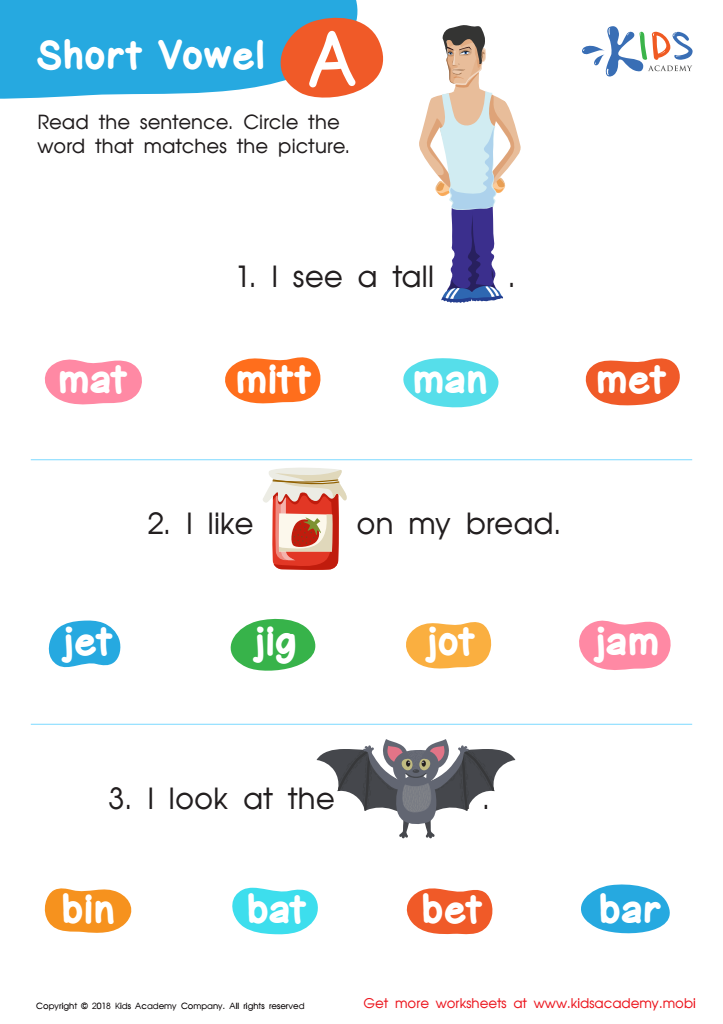

Short Vowel /a/ Worksheet
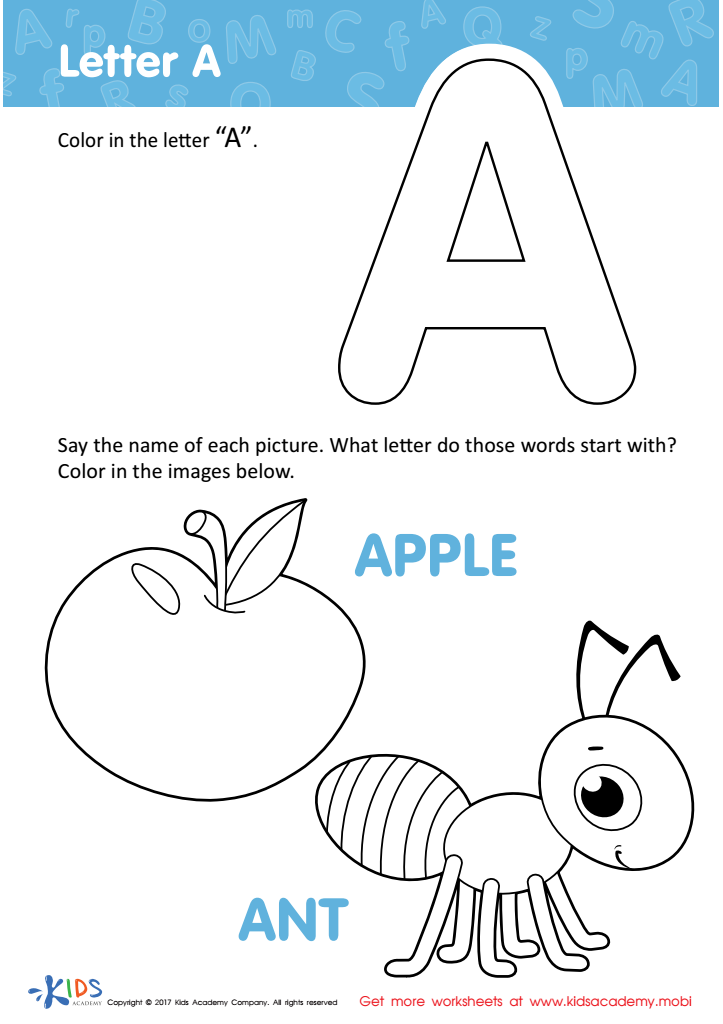

Letter A Coloring Sheet
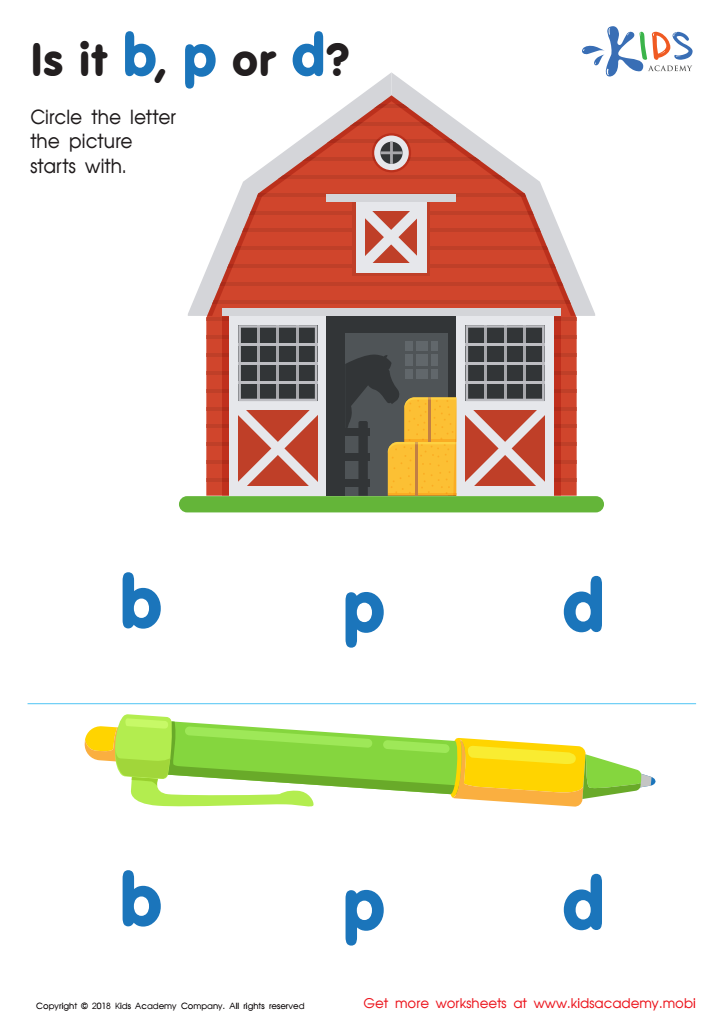

Is it b, p or d? Worksheet
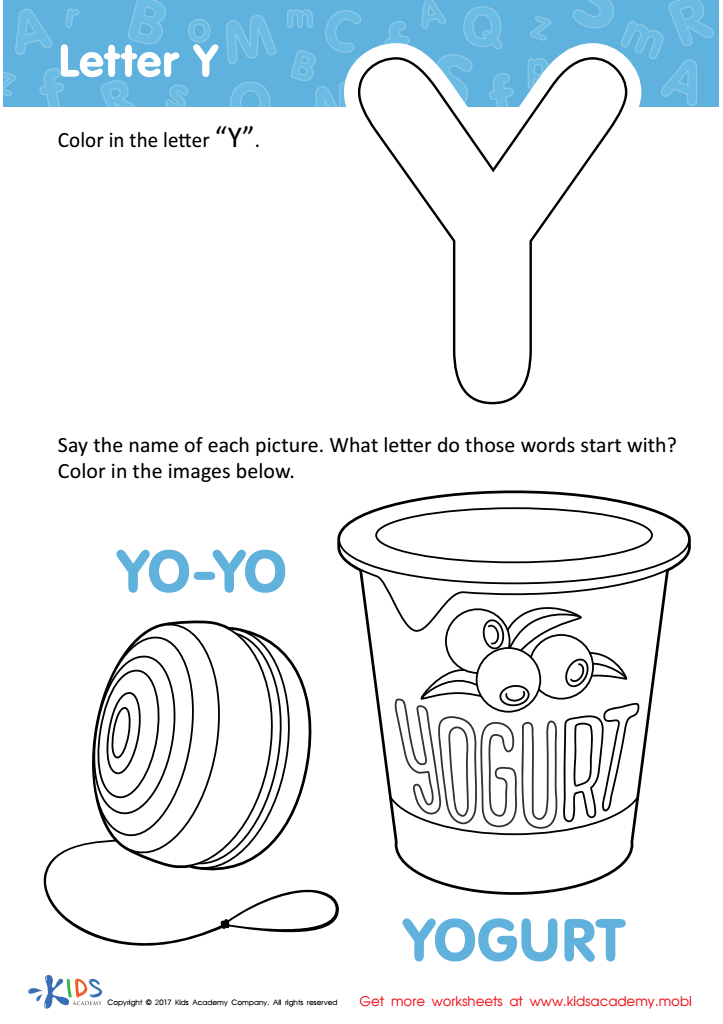

Letter Y Coloring Sheet
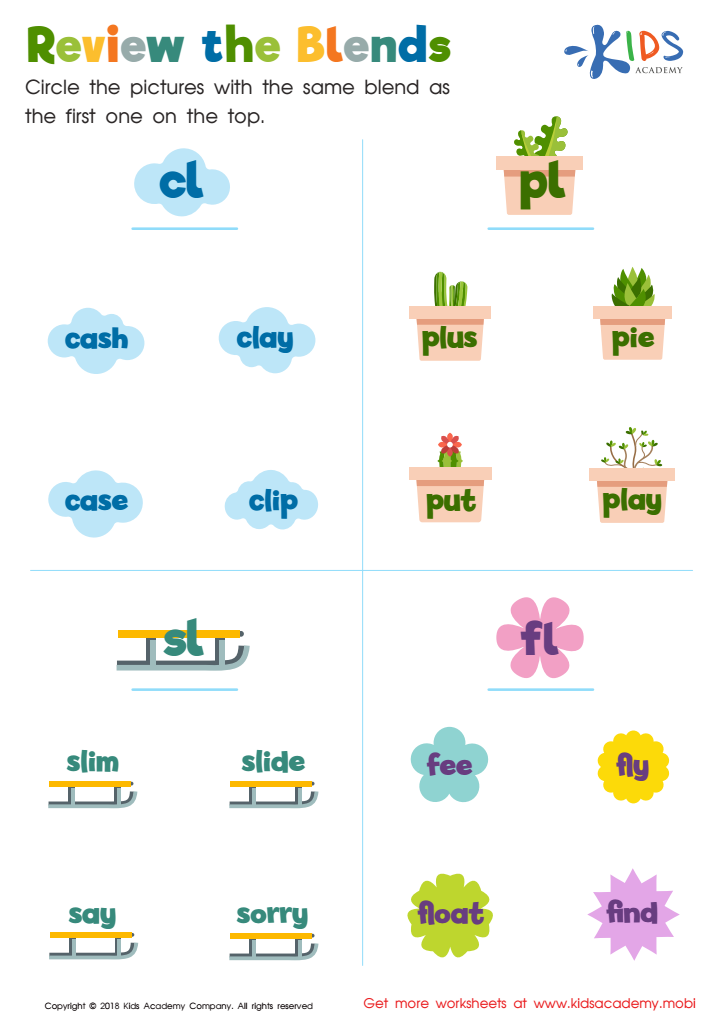

Review the Blends Worksheet
Phonics practice, particularly letter recognition, is crucial for children aged 3-9 as it lays the foundation for effective reading and writing skills. During these formative years, children develop critical cognitive skills, and understanding letters and their corresponding sounds enables them to decode words confidently. This decoding ability boosts literacy, ultimately enhancing overall academic performance across subjects.
Moreover, early phonics instruction encourages engagement and positive attitudes towards reading. Children who successfully recognize letters and sounds experience greater success in literacy, fostering their motivation and interest in books. This creates a strong reading culture at home and in school, helping to instill a lifelong love for reading.
Furthermore, letter recognition enhances vocabulary acquisition and comprehension. Children exposed to phonics are increasingly able to identify word patterns and sounds, equipping them with the tools to tackle new and unfamiliar words with ease. Enhanced literacy skills also translate to improved communication abilities and self-expression.
Lastly, when parents and teachers prioritize phonics practice, they contribute not only to academic accomplishment but also to the child's emotional and social development. Mastery of these fundamental skills encourages confidence, independence, and fosters meaningful interactions throughout their educational journey.

 Assign to My Students
Assign to My Students



















